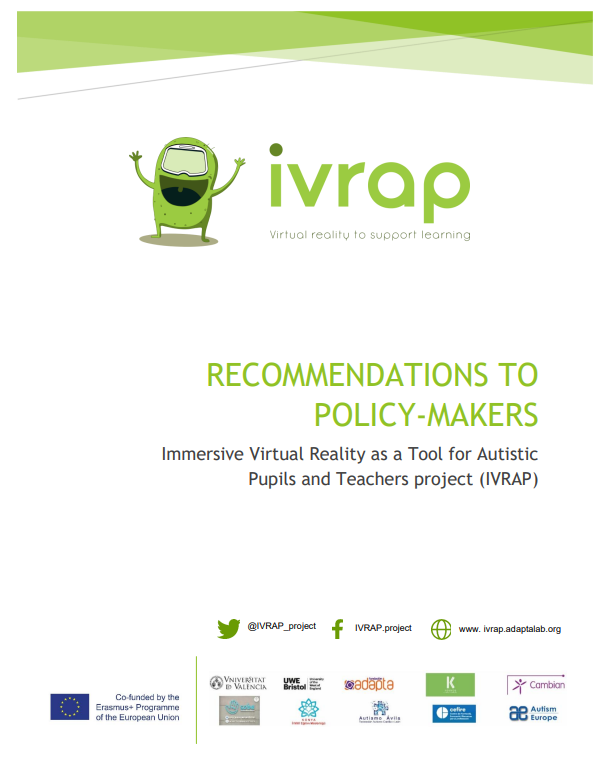
Autism is a complex lifelong developmental disability experienced differently by each individual. An estimated seven million people in Europe are on the autism spectrum. Autistic people, irrespective of their support needs, face a high level of discrimination and exclusion in all aspects of life, including education and vocational training, notably resulting in poor employment outcomes. For them to fully benefit from inclusive education, the specific needs of autistic learners must be met.
It is estimated that 32-50% of autistic people also have intellectual disability/learning difficulties. Autistic learners progress much better when specific educational supports are provided. Visual supports for both receptive communication (daily agendas, individual work-systems, tasks panels, tasks structures, etc.) and expressive communication (alternative communications systems based on picture-exchange to communicate what they need, and to share ideas with others) are examples of autism-specific supports that have evidence for their effectiveness.
However, this support is too often lacking at school. The COVID-19 pandemic exacerbated the lack of access to education for disabled children, as highlighted in Autism-Europe’s 2020 report on the impact of COVID-19 on autistic people and their families across Europe. It fuelled the need for further alternative ways to learn how to learn for autistic people and their teachers.
Augmentative, alternative, and immersive forms of learning as a result become all the more relevant, as highlighted in EU’s Digital Education Action Plan for 2021-2027. The EU has recently adopted recommendations for EU Member States on blended learning approaches for high-quality and inclusive primary and secondary education. Article 24 of the United Nations Convention for the Rights of Persons with Disabilities (UNCRPD) “recognize(s) the right of persons with disabilities to education […] and the importance of providing effective individualized support measures.” The EU’s Strategy for the Rights of Persons with Disabilities 2021-2030 also highlights the need for “systematic research (…) on the conditions necessary for learners with disabilities to succeed, including learners with invisible disabilities such as autism, dyslexia, or hyperactivity.”
In this context, the Erasmus+ Immersive Virtual Reality as a Tool for Autistic Pupils and Teachers Project (IVRAP) aims to help autistic students work more independently and to create a context where they learn to learn other skills.